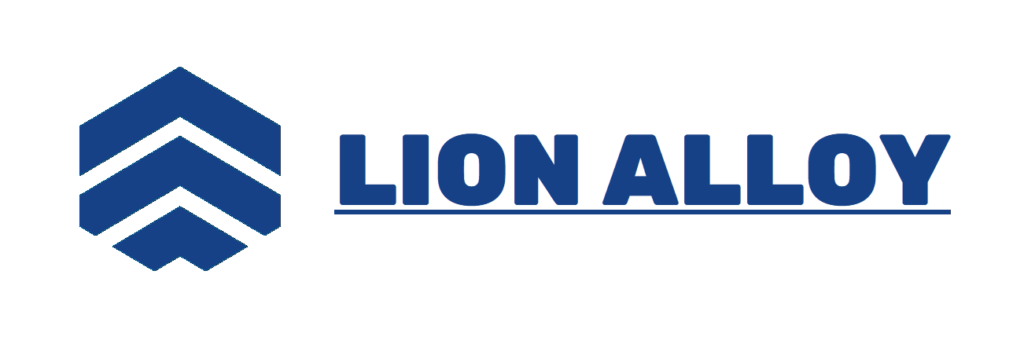Introduction
NIMONIC 80A is a nickel-based superalloy widely utilized in high-temperature applications, such as aerospace and power generation. Due to its critical role in ensuring the safety and reliability of components, effective defect detection and quality control are essential throughout its manufacturing process. This article explores various methods for detecting defects in NIMONIC 80A alloy and the strategies for maintaining quality control.
1. Importance of Defect Detection
Detecting defects in NIMONIC 80A alloy components is crucial for several reasons:
- Safety: Defective components can lead to catastrophic failures in high-stress environments.
- Performance: Quality defects can significantly impact the mechanical properties and performance of the alloy in operational conditions.
- Cost Efficiency: Early detection of defects can reduce scrap rates and rework costs, enhancing overall production efficiency.
2. Common Defects in NIMONIC 80A Alloy
Understanding the types of defects that can occur during manufacturing is key to effective quality control. Common defects include:
- Porosity: Small voids trapped within the material that can weaken structural integrity.
- Cracks: Surface or internal cracks that can propagate under stress.
- Inclusions: Hard particles or impurities within the alloy that can affect ductility and toughness.
- Segregation: Uneven distribution of alloying elements, leading to variations in properties.
3. Defect Detection Techniques
Several techniques can be employed to detect defects in NIMONIC 80A alloy:
3.1 Non-Destructive Testing (NDT)
Non-destructive testing methods allow for the evaluation of the material without causing damage. Common NDT techniques include:
- Ultrasonic Testing (UT): Uses high-frequency sound waves to detect internal defects such as cracks or voids.
- Radiographic Testing (RT): Employs X-rays or gamma rays to detect internal discontinuities.
- Magnetic Particle Inspection (MPI): Utilizes magnetic fields and iron particles to reveal surface and near-surface defects in ferromagnetic materials.
3.2 Visual Inspection
Routine visual inspections can help identify surface defects, such as cracks or porosity. Trained inspectors can often detect signs of defectiveness without the need for advanced techniques.
3.3 Metallographic Examination
This involves the preparation of samples for microscopic examination to reveal microstructural defects, such as segregation or inclusion.
4. Quality Control Strategies
To ensure the ongoing quality of NIMONIC 80A alloy components, several quality control strategies can be implemented:
4.1 Process Control
- Standard Operating Procedures (SOPs): Establishment of clear SOPs during manufacturing processes to minimize variability.
- Real-Time Monitoring: Use of sensors and monitoring tools to provide real-time data on manufacturing conditions.
4.2 Statistical Quality Control (SQC)
- Implementing statistical methods to analyze production data helps identify trends and potential deviations in quality.
4.3 Training and Certification
- Ongoing training programs for personnel in quality control measures and defect detection techniques ensure that the workforce remains skilled and knowledgeable.
5. Conclusion
Defect detection and quality control are vital aspects of the manufacturing process for NIMONIC 80A alloy components. By employing a combination of advanced detection techniques and robust quality control strategies, manufacturers can ensure the safety and reliability of their products. As the demand for high-performance materials continues to grow, maintaining rigorous standards in defect detection and quality assurance will be essential for success in industries reliant on NIMONIC 80A alloy.
If you need more specific details or additional sections, feel free to let me know!


